De Tomaso Sport 5000 Roadster
Actually, the De Tomaso Sport 5000 Roadster was supposed to mix up international sports car races. Actually. Instead, only a single example was ever produced, and it only drove in a single race. Sounds like an exciting story? Then sit back and read on. As has been the case so often lately, the first name to reappear in this story is a familiar one: Carroll Shelby. You might think that the chicken farmer from Texas was behind just about every sports car project in the 1960s. This time, however, he was just one of the people involved.
Carroll Shelby’s friend in Italy
The year was 1963, and Shelby sent the King Cobra developed by him into the USAC and USRRC racing series. Three years later, these series joined forces to form the Canadian-American Challenge Cup, or short Can-Am. The King Cobra, which was based on the Cooper Monaco, was initially successful. Soon, however, it was outclassed by the increasingly faster competition. Since Carroll Shelby was fully occupied with the production and further development of his Cobras, he turned to his old friend Alejandro de Tomaso in Italy. He asked him for the development of a new open sports prototype. De Tomaso, like Shelby, had given up his own racing career in favor of his own car brand. This was founded in 1959 and initially produced various Formula racing cars. With the Vallelunga, he finally ventured into the market for road-going sports cars. Now he received financial support from Shelby and set to work on a sports car prototype.




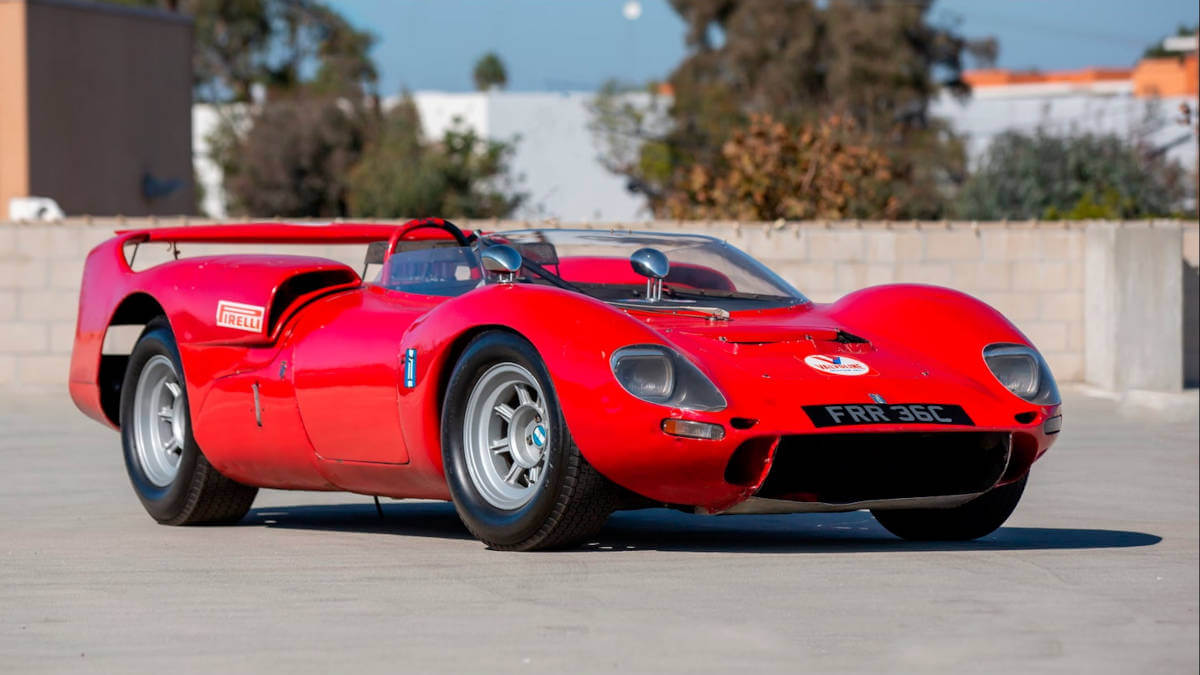



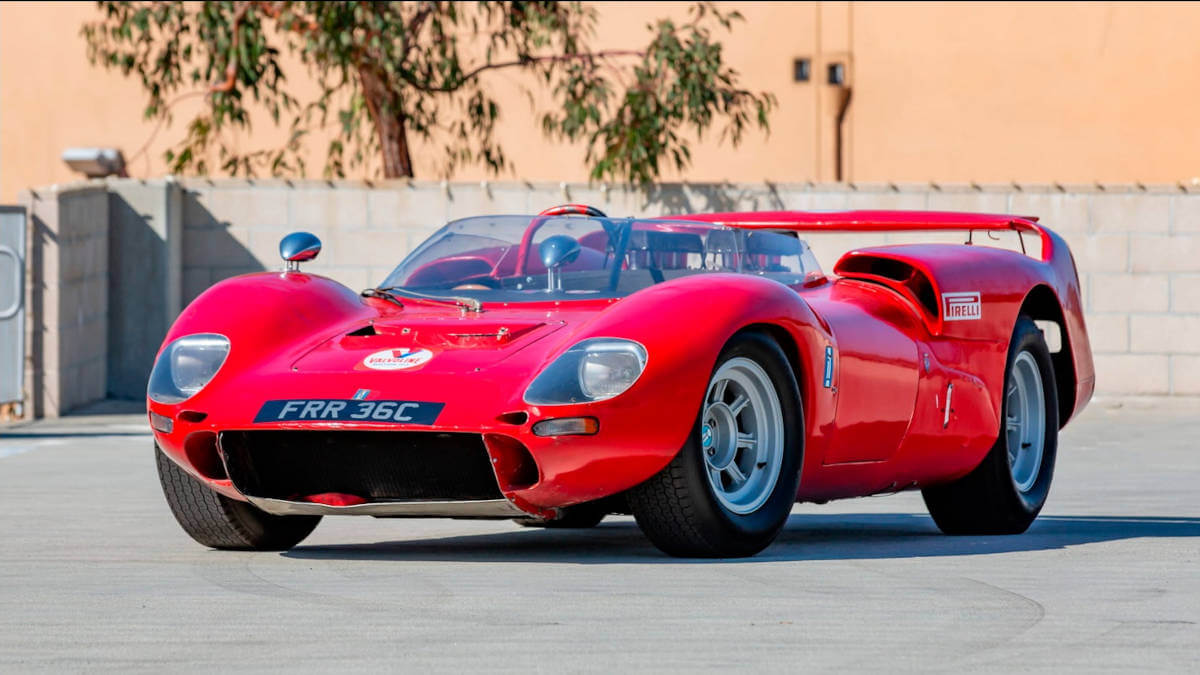



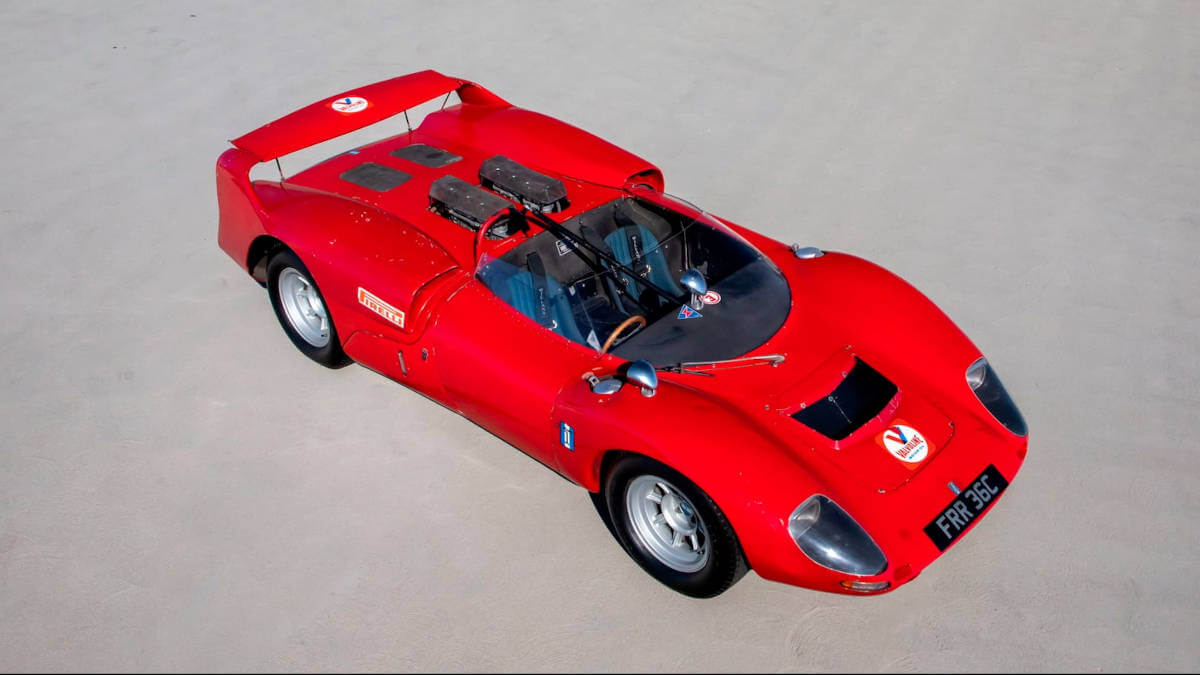



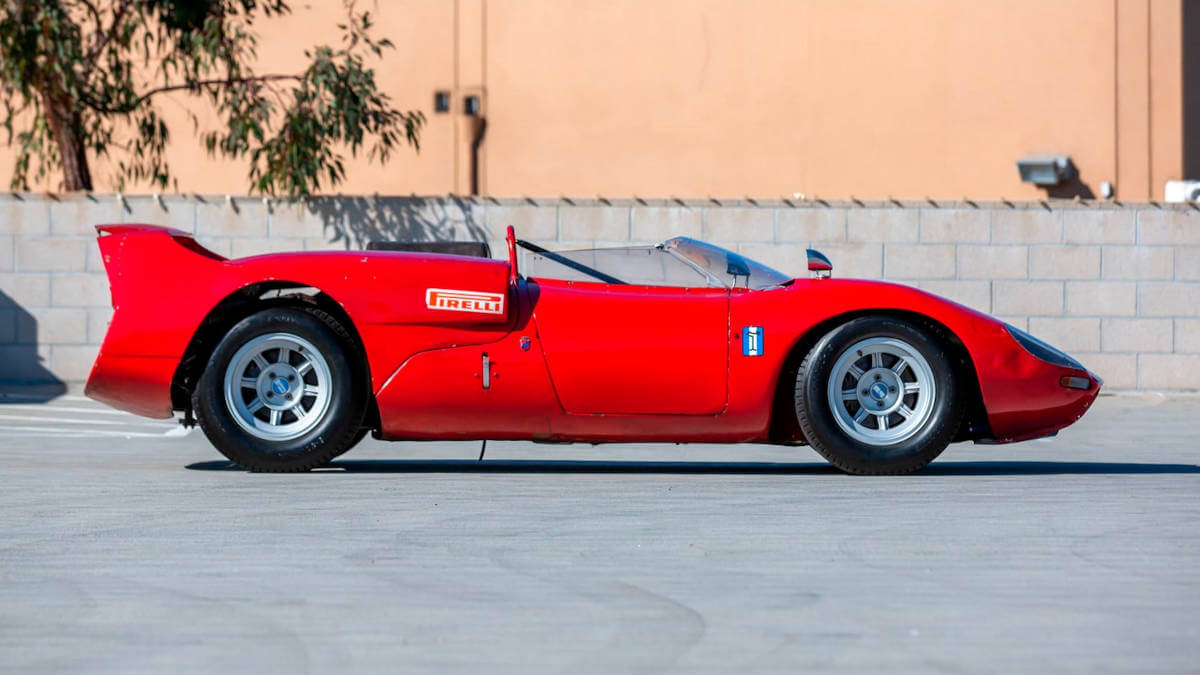



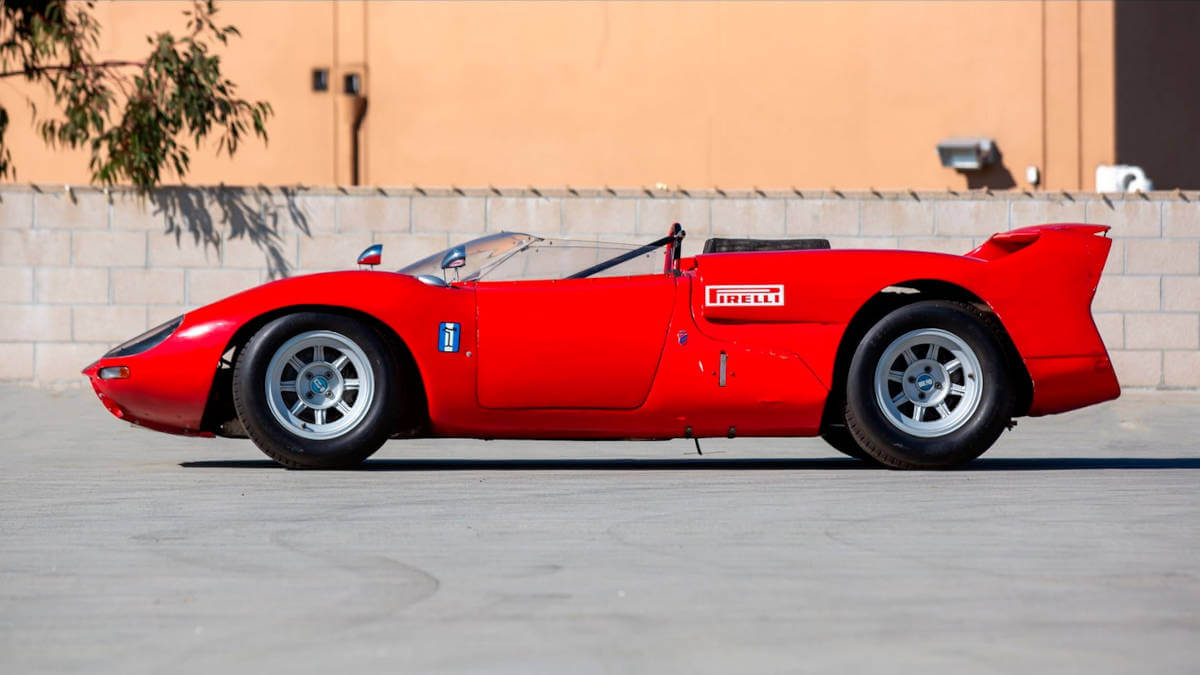



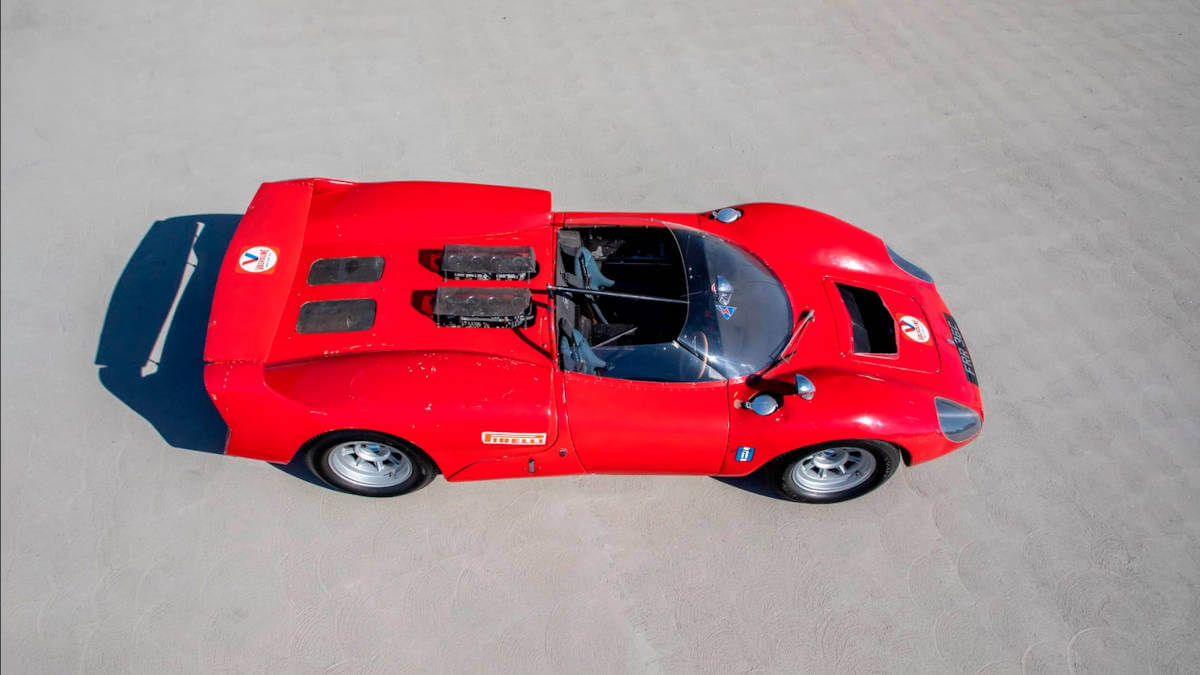







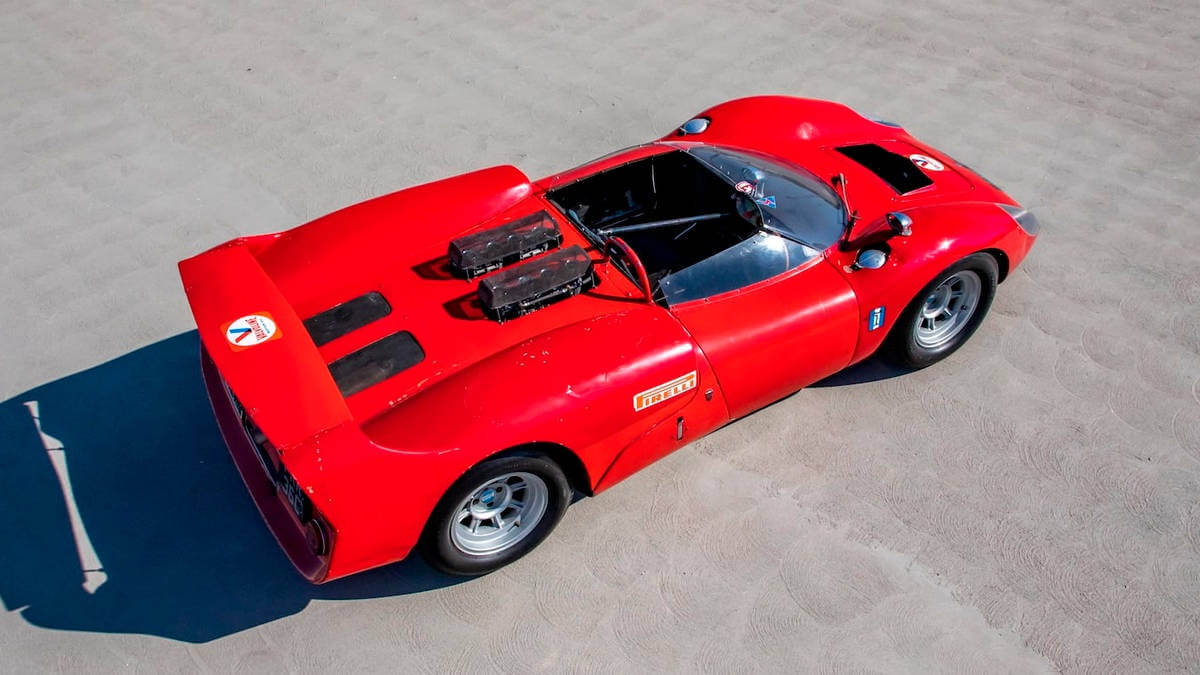



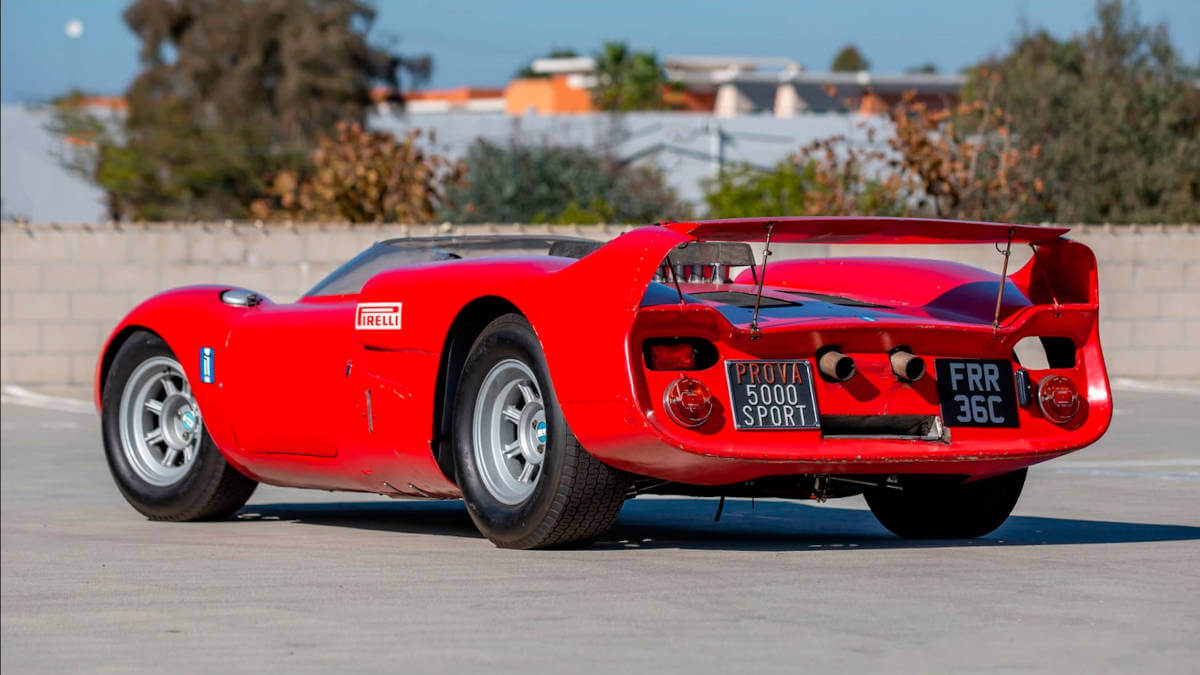



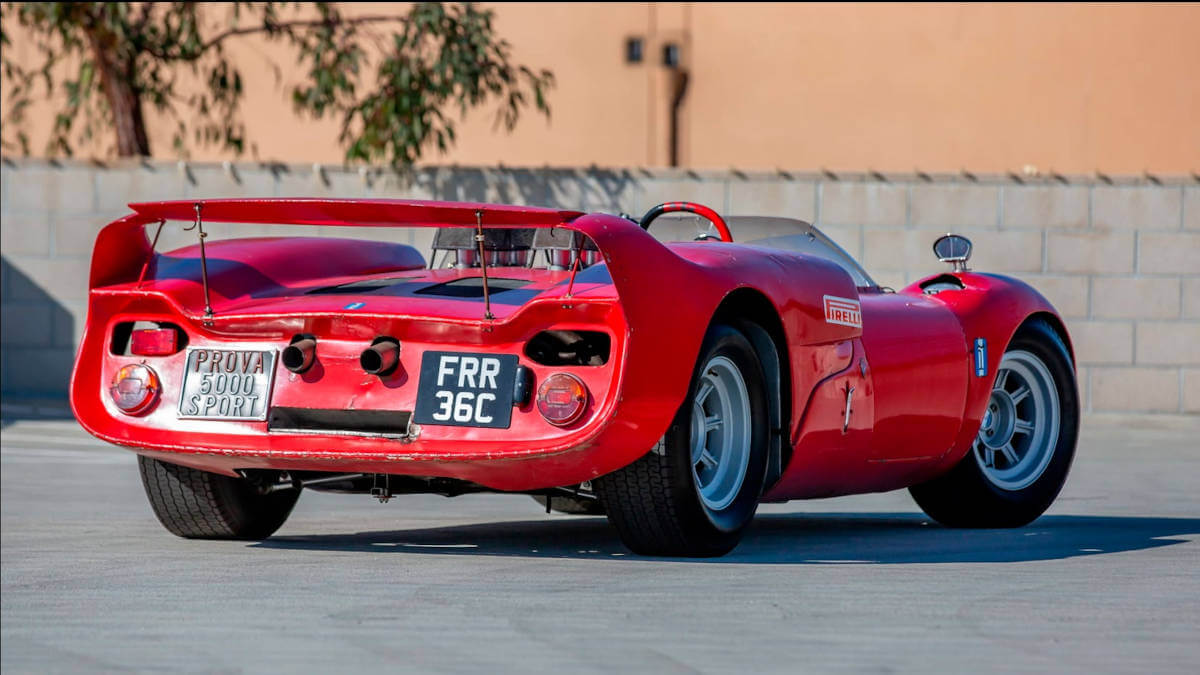



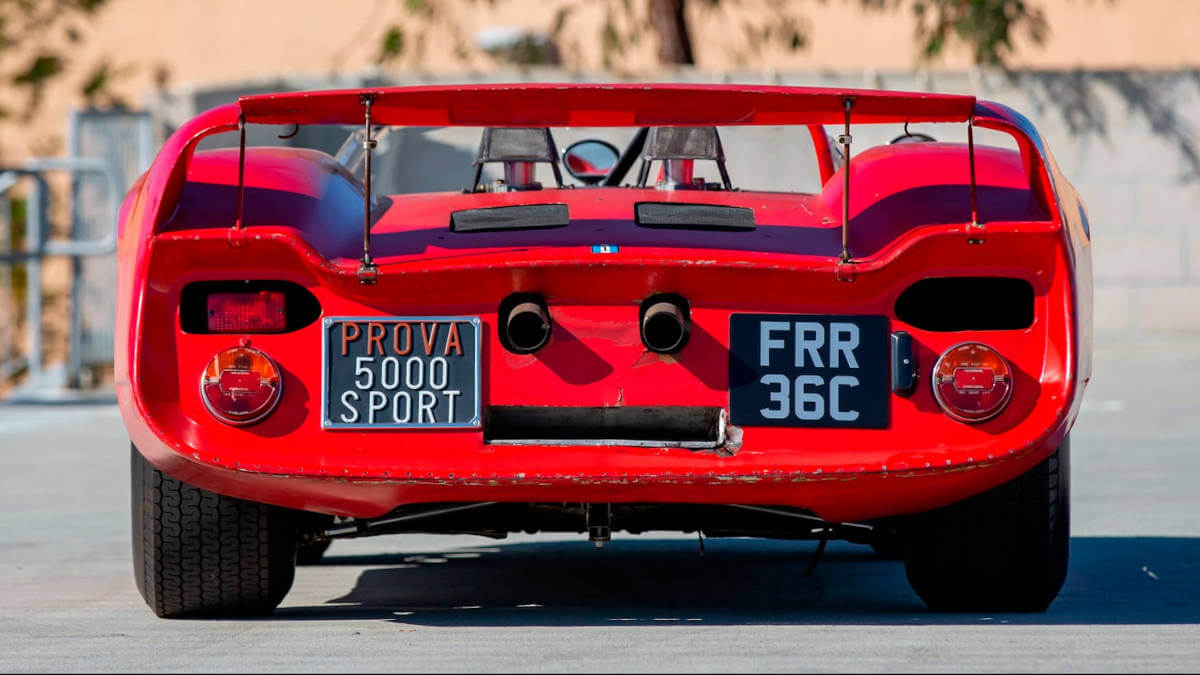



Engine development took too long
Alejandro de Tomaso quickly realized that he couldn’t do the job on his own. So he set up a team that also included bodybuilder Fantuzzi and engineer and designer Peter Brock. The latter immediately set about turning the 289 Ford V8 small-block engine (4.7 liters) into a thoroughbred racing powerplant with seven liters of displacement (427 cubic inches). In this way, Shelby wanted to be competitive against the new Chevrolet big block. However, this process took longer than anticipated. While the prototype was still under construction, Ford asked Carroll Shelby if he wanted to take a leading role in the further development of the GT40. Thus, he withdrew completely from the project at De Tomaso. Alejandro de Tomaso nevertheless showed the completed car as the ‘P70’ at the 1965 Turin Auto Show.
Can-Am car doesn’t fit into FIA Group 7
Due to the consistent design for the Can-Am regulations, the De Tomaso wasn’t eligible for the FIA Group 7 regulations, which were valid in Europe. The Italians therefore frantically developed the car into the Sport 5000 Roadster. Thanks to a higher windshield, real doors and the use of the original 289 Ford engine, it was finally allowed to compete in FIA Group 7. Thanks to four Weber twin carburetors, aluminium cylinder heads, special camshafts and good engine tuning, around 475 hp was available. The power was transmitted to the wide rear wheels via a five-speed transmission from Colotti. One of Peter Brock’s details made it onto the final vehicle. The angle of the rear wing can be adjusted from the driver’s seat.
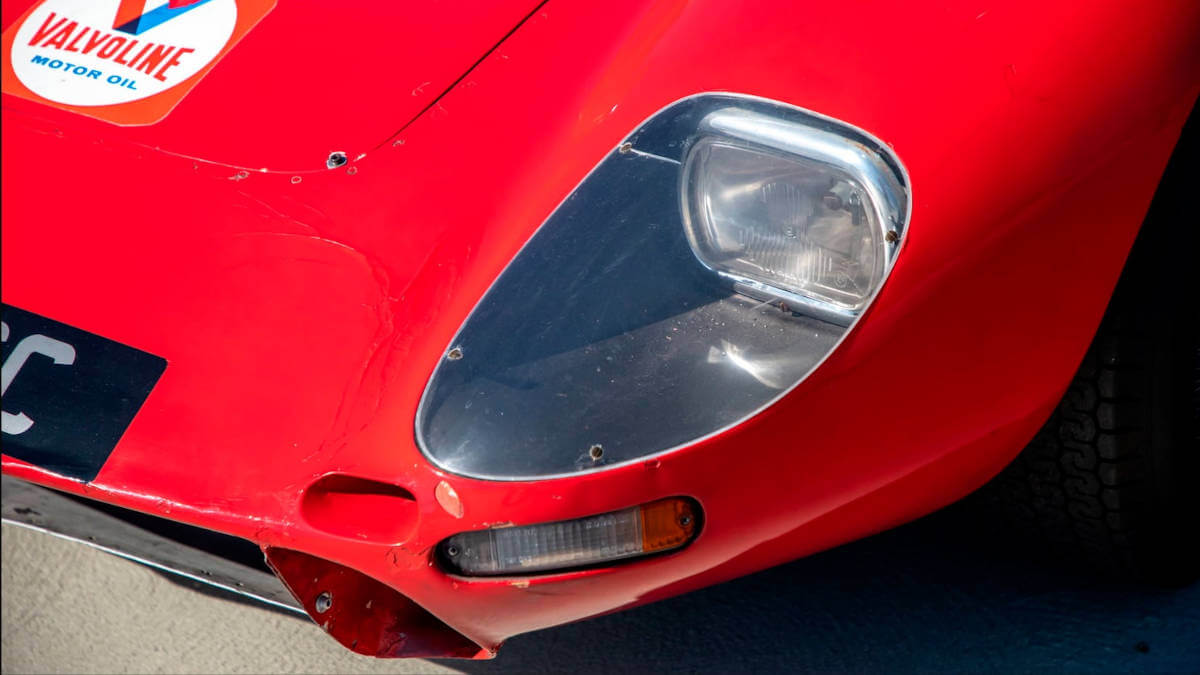



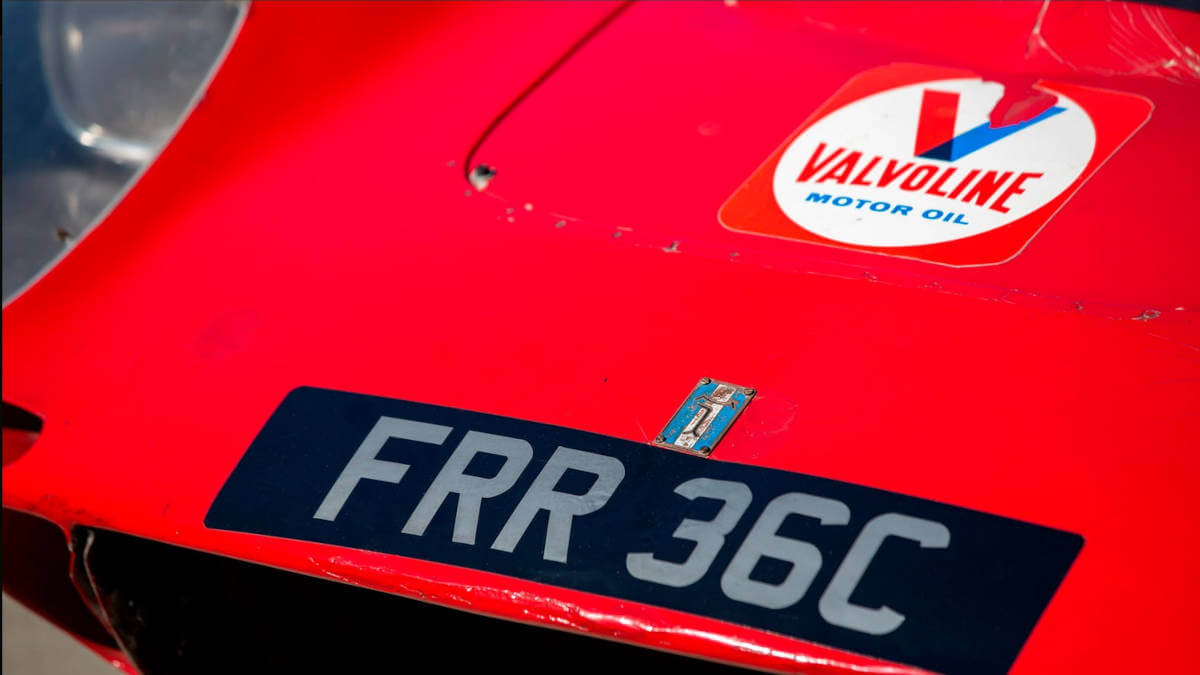



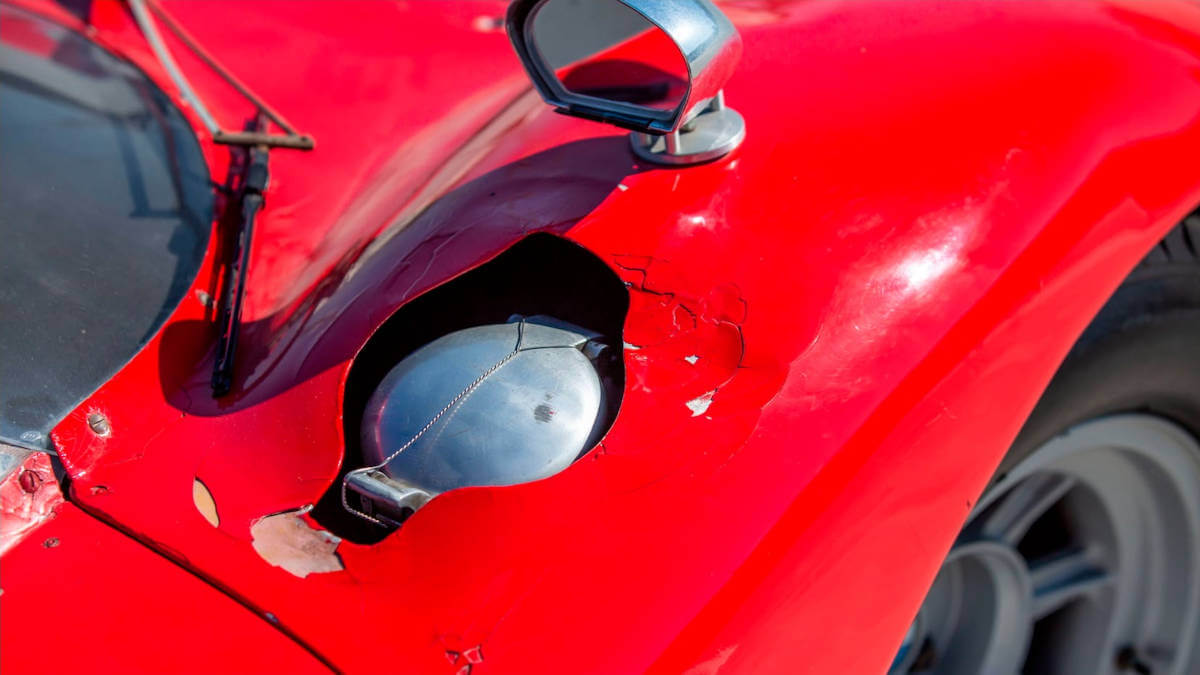



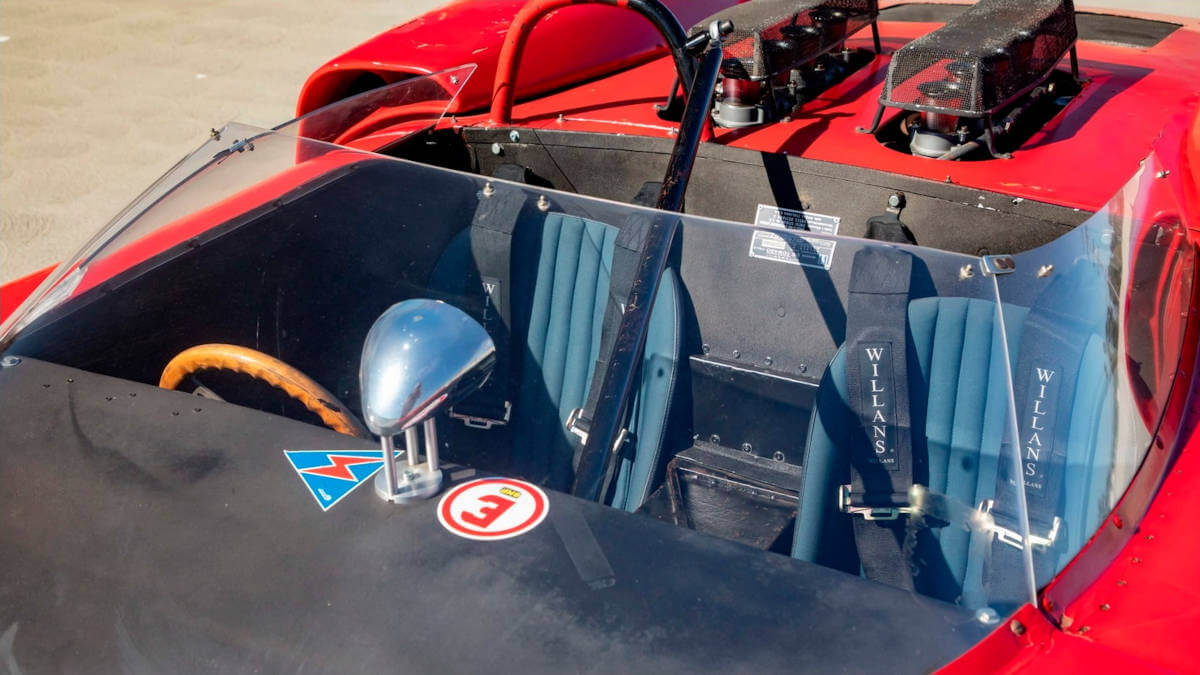



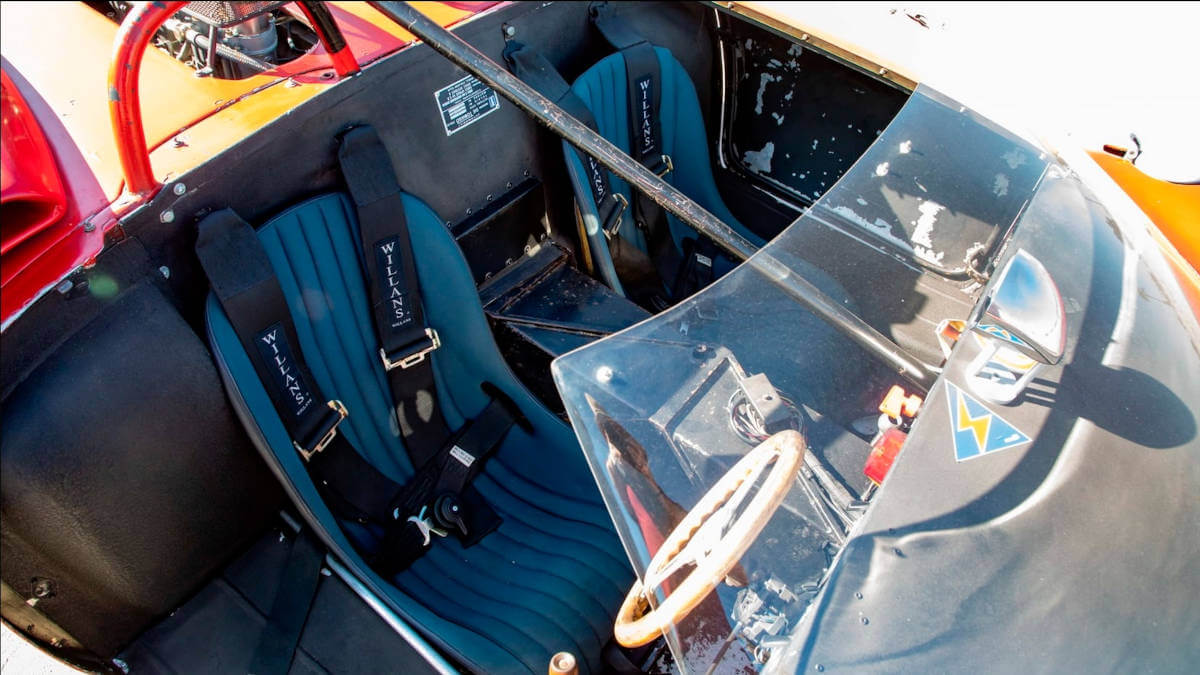



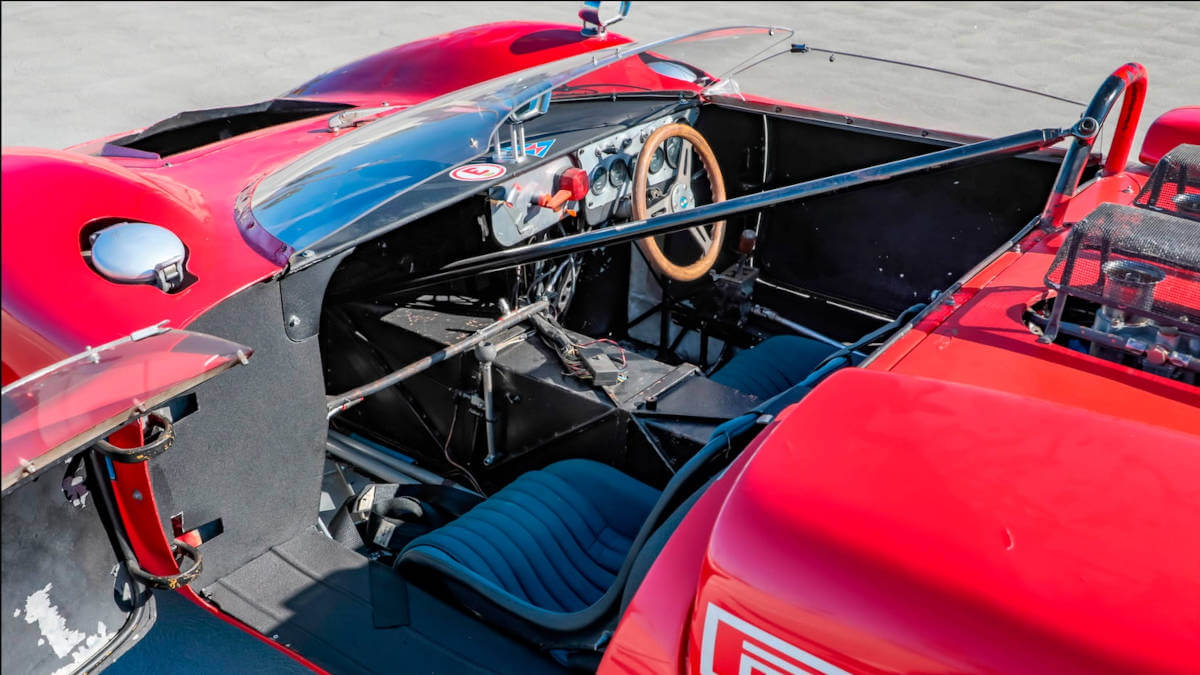



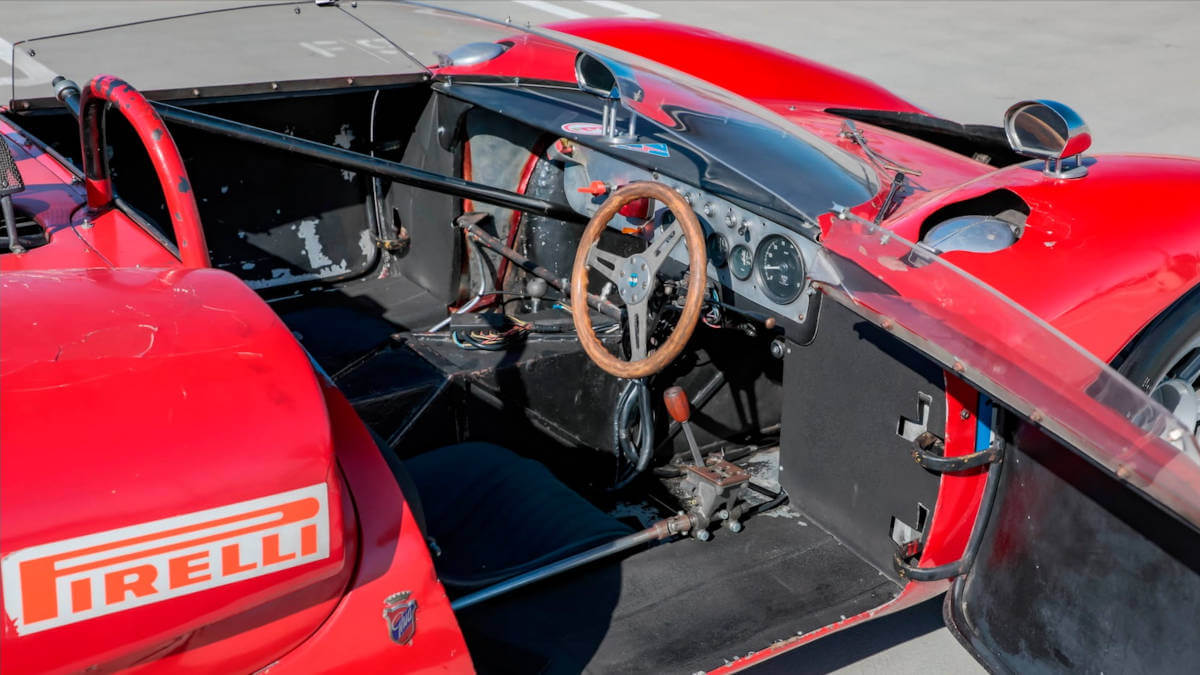



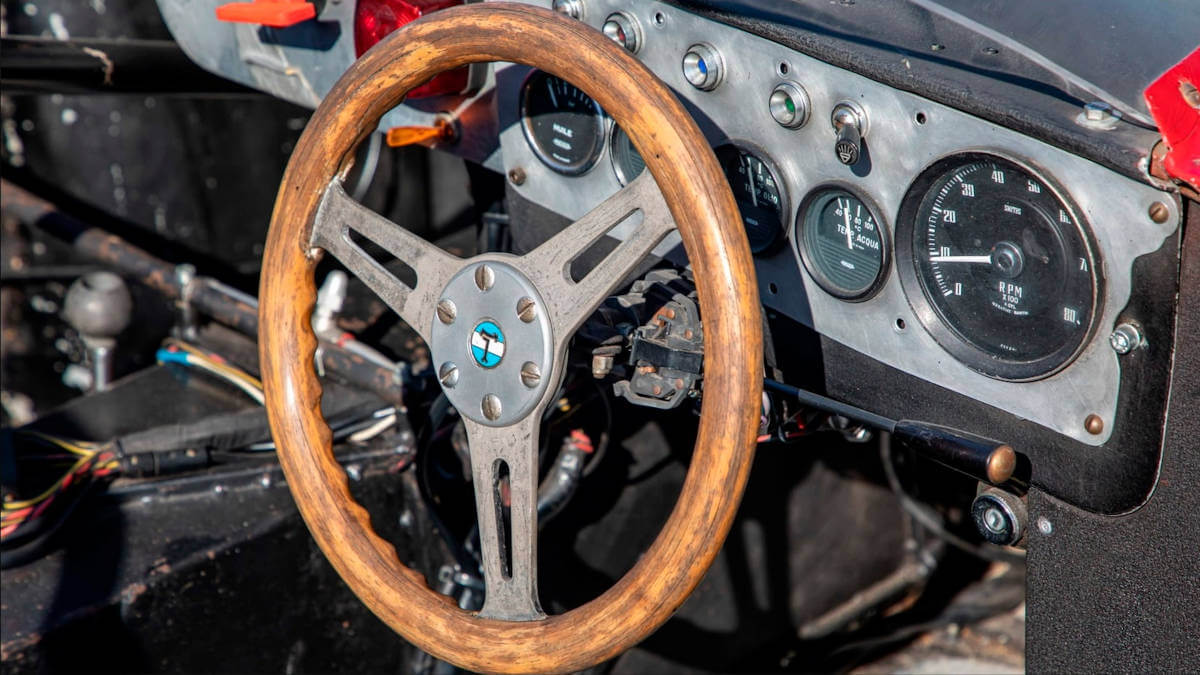



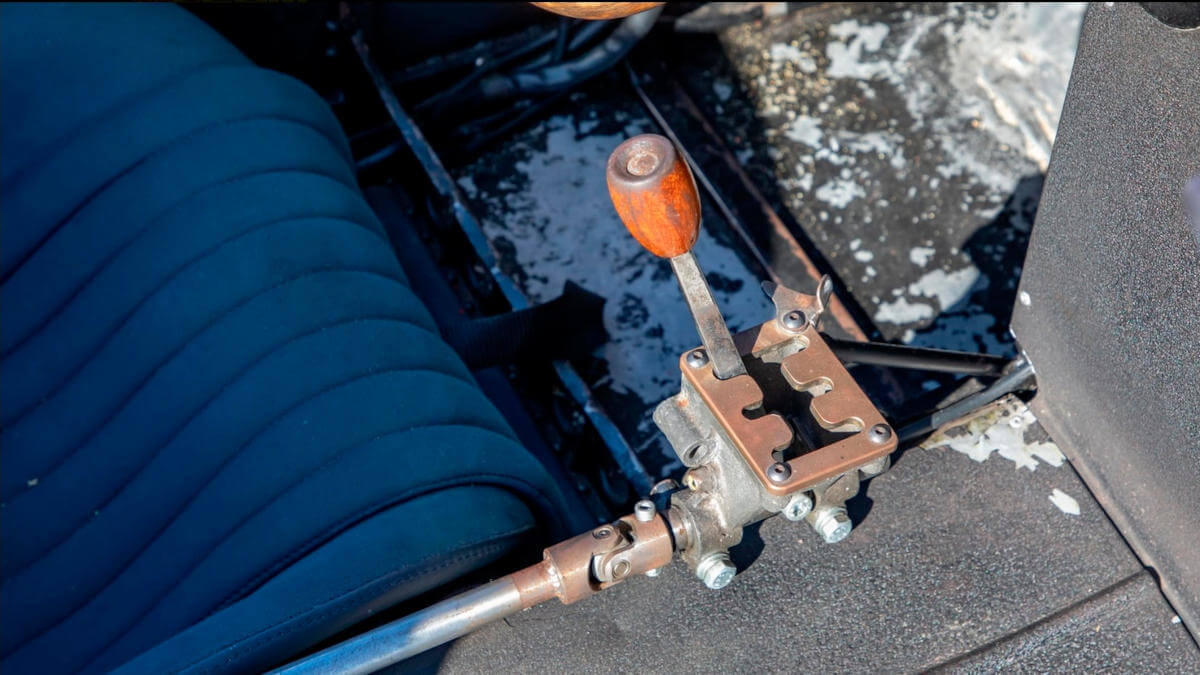



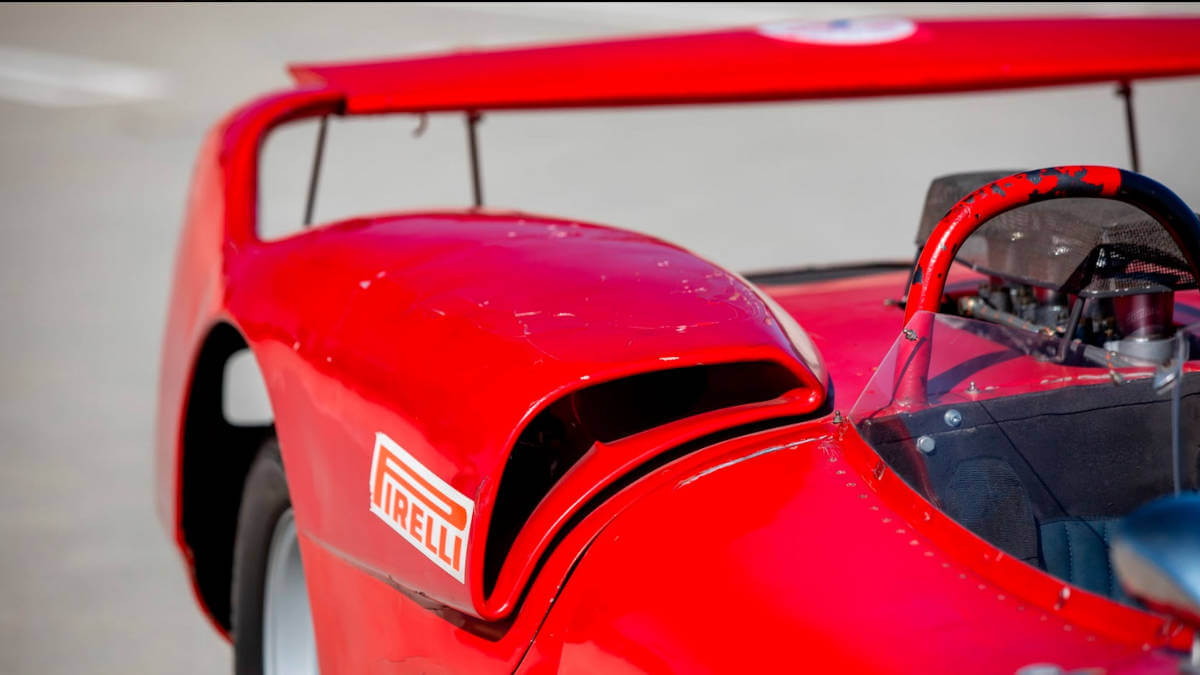



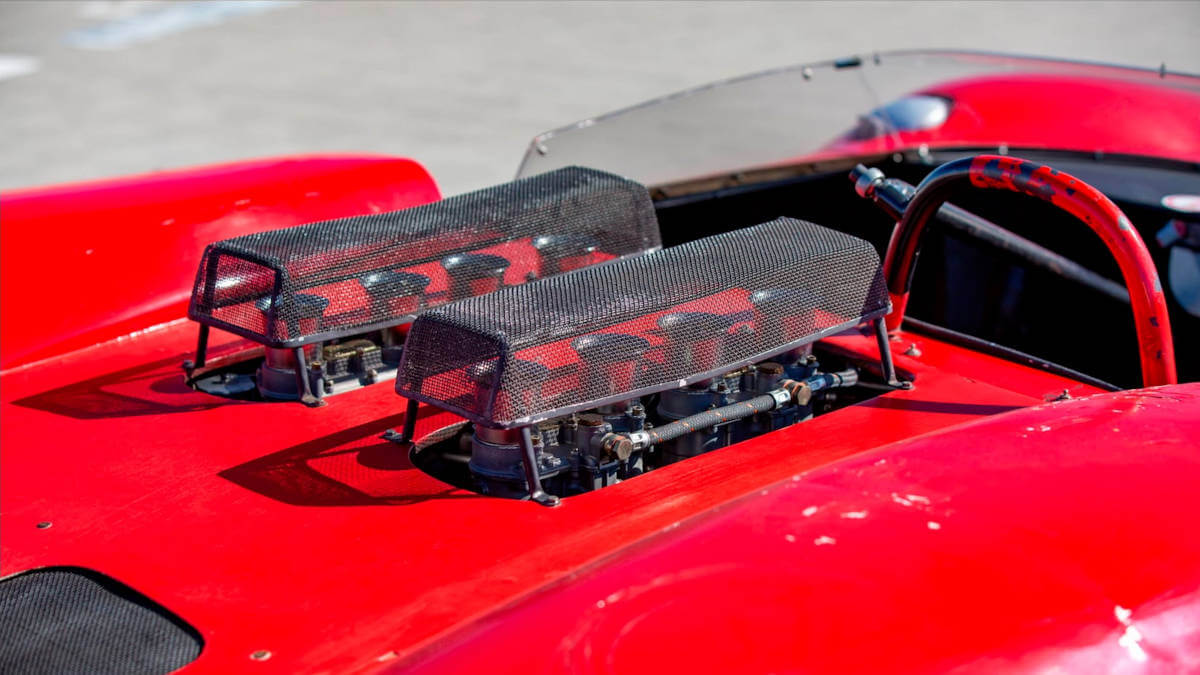



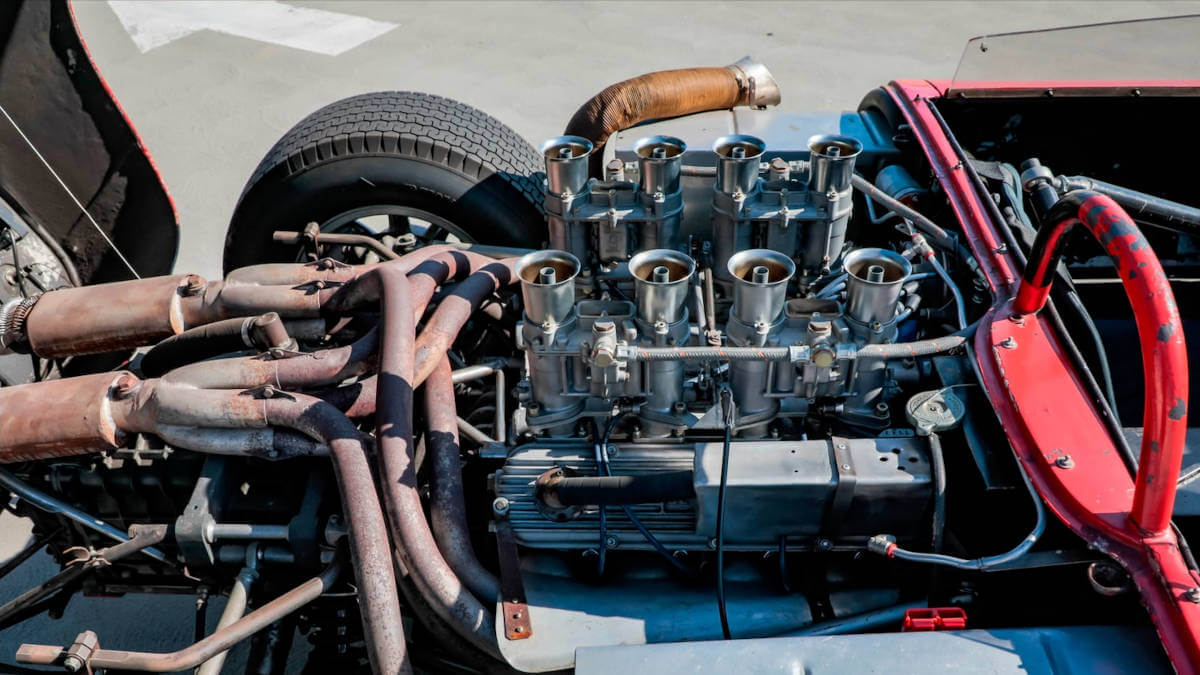



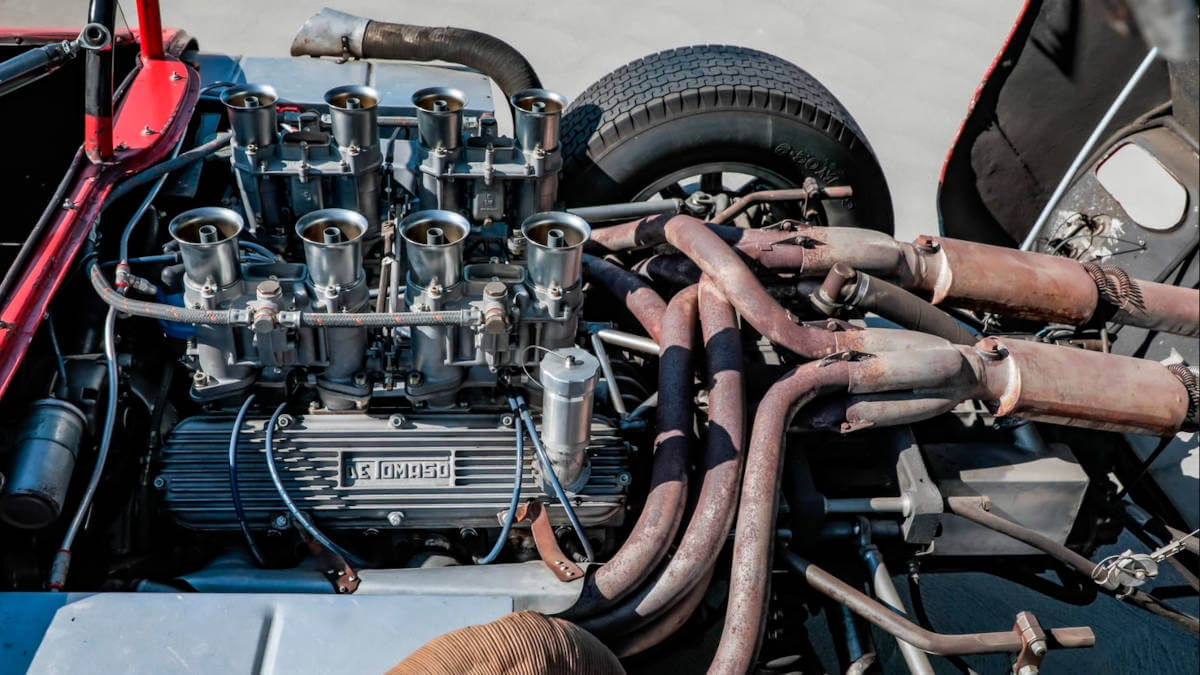



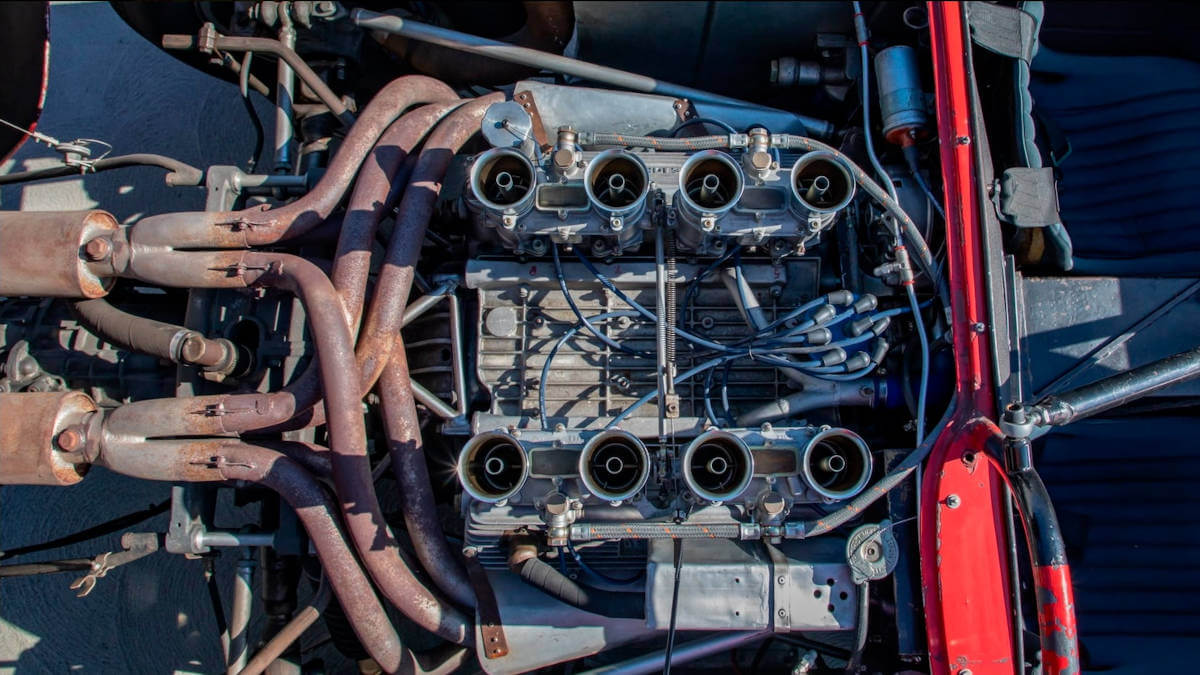



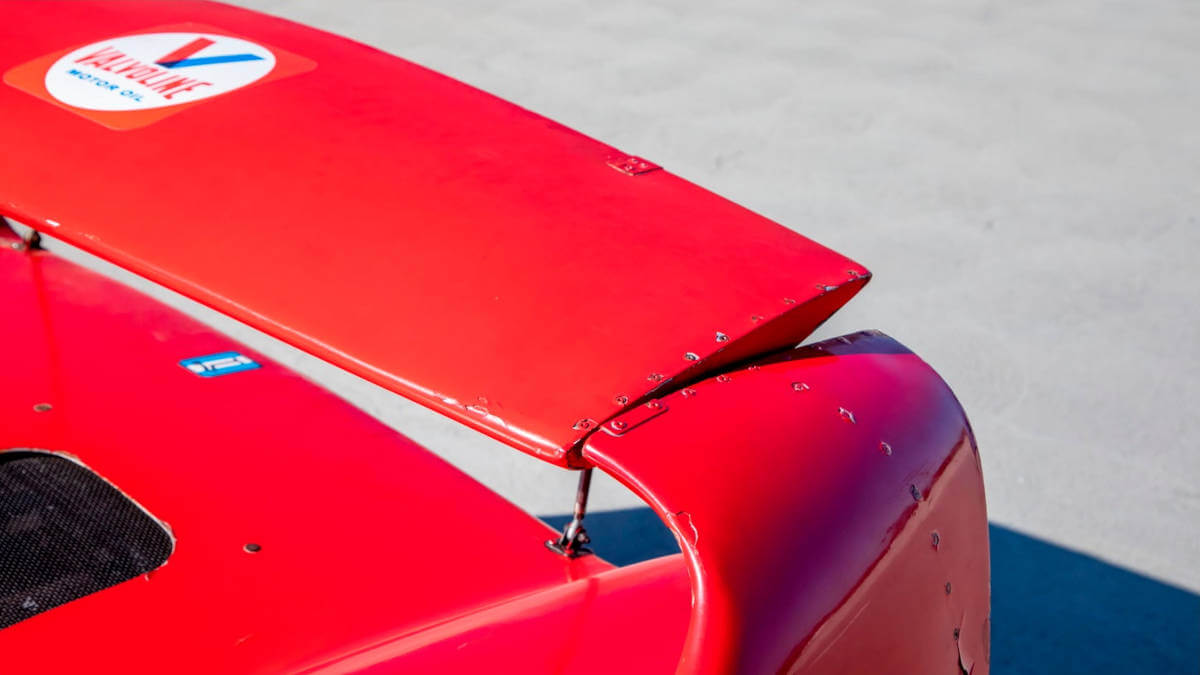



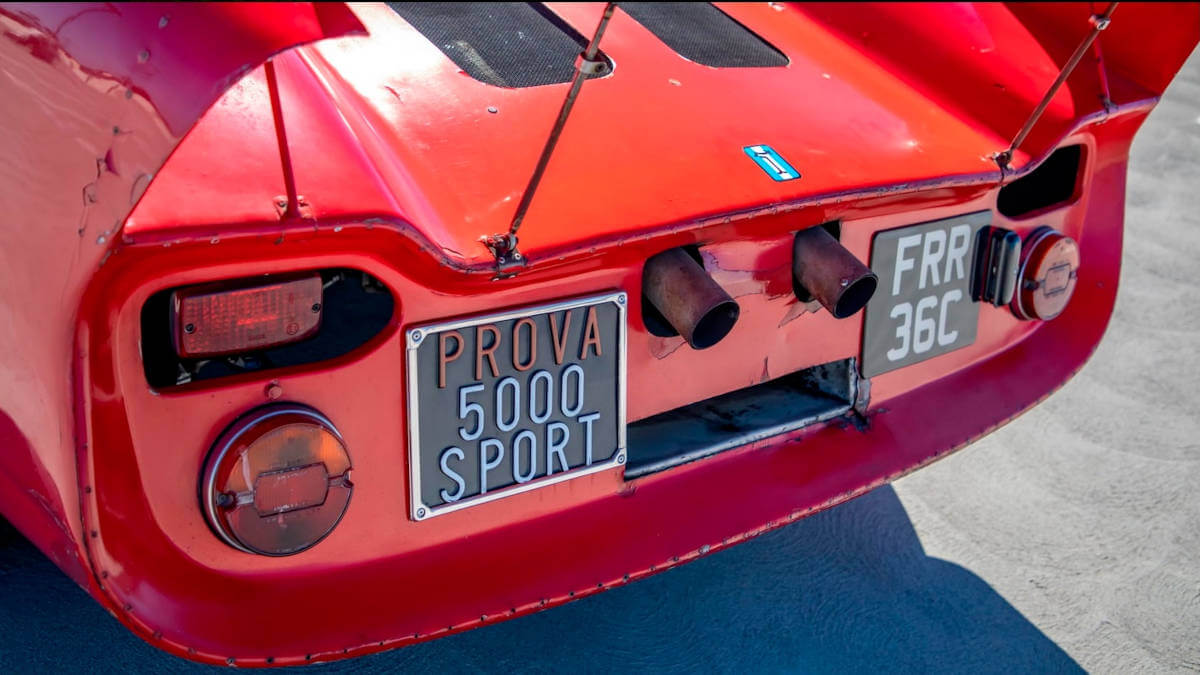



Parked in the factory for nearly 40 years
In the end, the De Tomaso Sport 5000 Roadster was only used in one single race. On July 17, 1966, it competed in the 500 kilometers of Mugello with test and development driver Roberto Bussinello behind the wheel. After a good start in which he was able to out-accelerate the Ferrari 250 LM that started next to him, he soon had to park the De Tomaso on the side of the track with a technical defect. In 1967, the car did appear on the starting lists for the 12 Hours of Sebring and the 1000-kilometer race in Monza, but never showed up. Instead, Alejandro de Tomaso parked the race car in a corner of his Modena factory for about 40 years. Nothing ever came of the planned small series of up to 40 cars. It was only after his death in 2004 that the Sport 5000 Roadster saw daylight again. A year later, a Belgian collector bought it out of the estate and drove it in some historic racing events.
Still in original unrestored condition today
The third owner finally took the De Tomaso to where it was meant to be: American race tracks. To this day, the race car has never received a restoration or refresh. Nevertheless, it is in perfect running condition with all original parts including engine and gearbox. With the body designed by Medardo Fantuzzi, the technical details by Peter Brock and the background story around Carroll Shelby, this is without a doubt an exceptional De Tomaso. It is now being auctioned at Mecum. The hammer price is expected to be in the range of US$ 1,500,000 to US$ 1,750,000.
Images: Mecum Auctions




